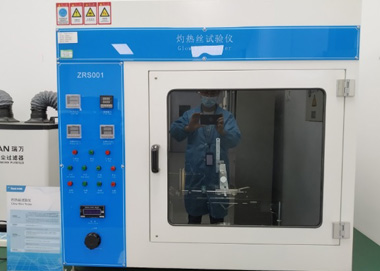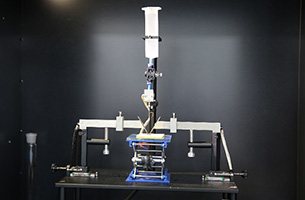The damp heat test involves many test standards, and each standard differs greatly in application scope of test. For example, constant damp heat is widely used to determine the suitability of products for use, storage and transportation under conditions of high humidity. Cyclic damp heat is used to determine the suitability of products for use, transportation and storage under conditions of high humidity-combined with cyclic temperature changes and, in general, producing condensation on the surface of the specimen. Composite temperature/humidity cyclic test is primarily intended for component type specimens, to determine, in an accelerated manner, the resistance of specimens to the deteriorative effects of high temperature/humidity and cold conditions.
Test standards: GB/T 2423.3, GB/T 2423.4, GB/T 2423.34, IEC 60068-2-38, IEC 60068-2-78, and IEC 60068-2-30 are commonly used.
Test conditions: Constant damp-heat, alternating humid-heat, composite temperature/humidity cyclic tests are commonly used.
Constant damp heat: It is used to investigate the effect of high humidity at constant temperature without condensation on a specimen over a prescribed period. The temperature and humidity conditions are generally 30±2℃/93±3%, 30±2℃/85±3%, 40±2℃/93±3%, and 40±2℃/85±3%. Test time is 12h, 16h, 24h, and 48h, but the test time for severe on-board electrical products lasts for several days.
Cyclic damp heat (12h+12h cycle): It is mainly used to test the product anti-condensation, suitable for outdoor scenes and machine products. It contains two kinds of cycle conditions, which are only different in the cooling stage. The first one is suitable for products with moisture penetration caused by breathing, and the second has good reproducibility for general specimens. The temperature is commonly 40 ℃ and 55 ℃, the cycle is 1 day / time, and the number of cycles is 1, 2, 6......
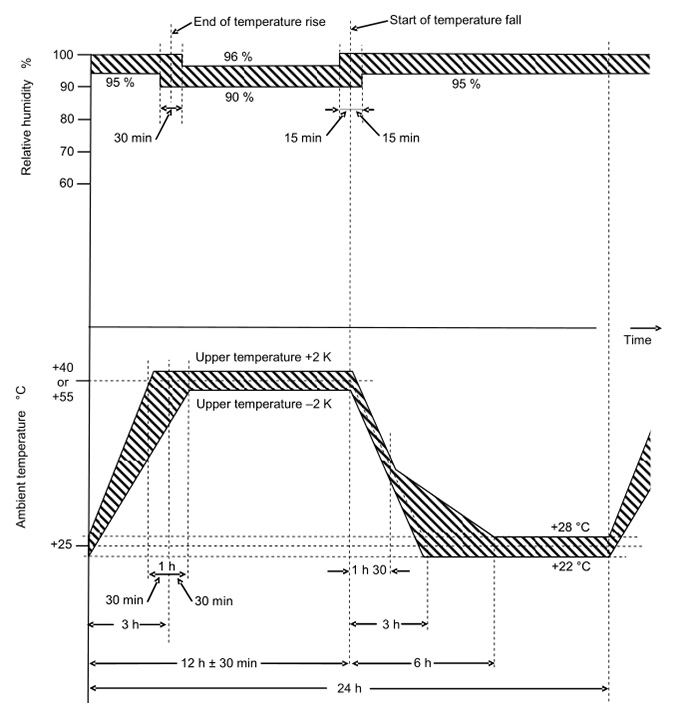
Composite temperature/humidity cyclic test: The accelerated "breathing" and the effect of the freezing of trapped water in the cracks and fissures are designed to reveal defects in products caused by "breathing" as distinct from the absorption of moisture. The temperature is -10–65 ℃, humidity is 93%, and the number of test cycles is generally 10 times, 24 hours per cycle.
Severity:
a) A greater number of temperature variations or "breathing" actions in a given time;
b) A greater cyclic temperature range;
c) A greater cyclic rate of change of temperature cycling;
d) Including multiple temperature variations below 0 ℃.
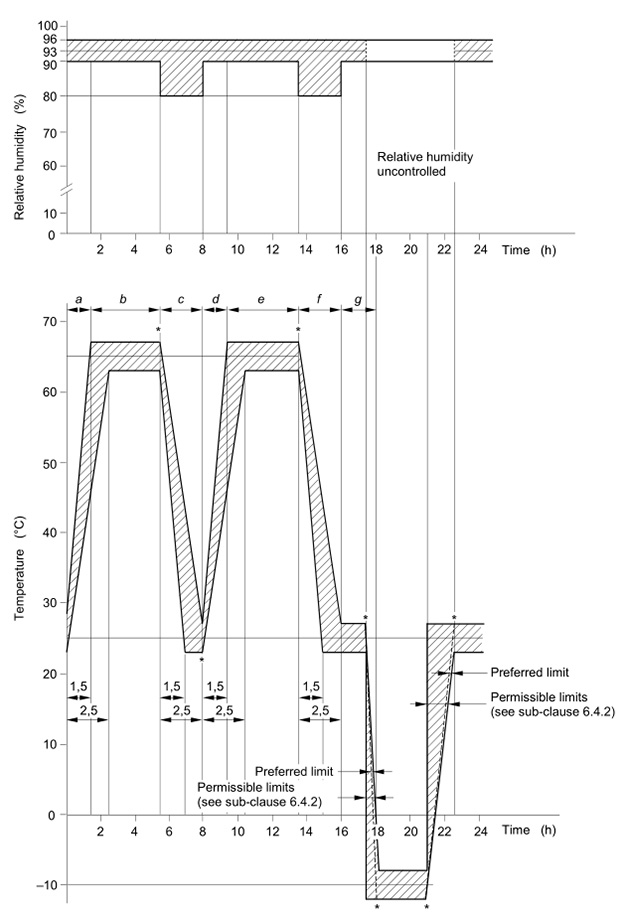
Test equipment:
Our company is equipped with several temperature-humidity test chambers whose indexes fully meet the above test standards and 85°C/85%RH test designed for the devices. The test chambers are equipped with special water purifiers, which cooperate with the conductivity meter for periodic spot inspection, and the test humidification water is no longer recycled, ensuring that the water quality in the test process is clean and controllable.
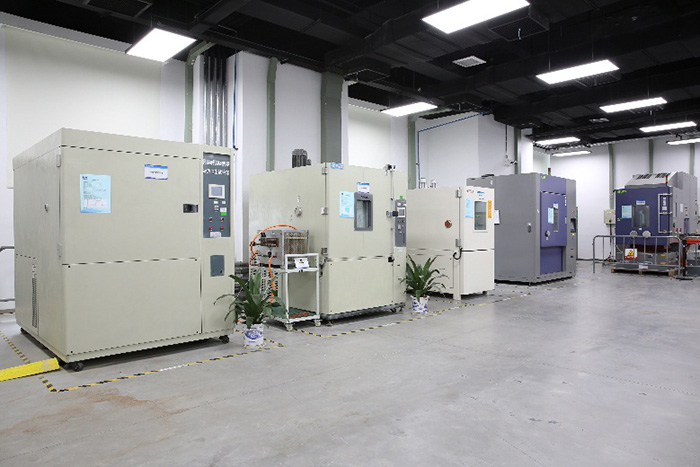
Product improvement:
1. The insulation resistance decreases: Because the specimen is in the environment of high temperature and high humidity, moisture may quickly penetrate the protective layer under conditions of high temperature, resulting in the reduction of insulation resistance and product failure.
The following figure shows the problem that the insulation resistance of the electric vehicle driver is lower than the design index caused by the insufficient thickness of PCB protective spraying. Through performing the test, we can find problems in time so as to improve the process.
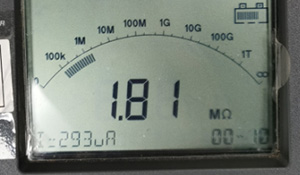
2. Arcing: After making samples and assembly, some products may be inconsistent with the drawings in safety spacing or the insufficient safety spacing are not considered after assembly, arcing may be caused under conditions of high humidity.
The following picture shows the problem of product arcing. Through performing the actual test, we can find and verify the specimen design defects as early as possible and improve the development process.
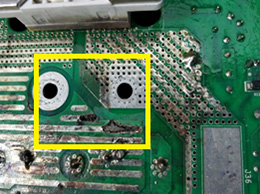















 Facebook
Facebook
 Twitter
Twitter
 Google+
Google+
 LinkedIn
LinkedIn
 Prev
Prev
